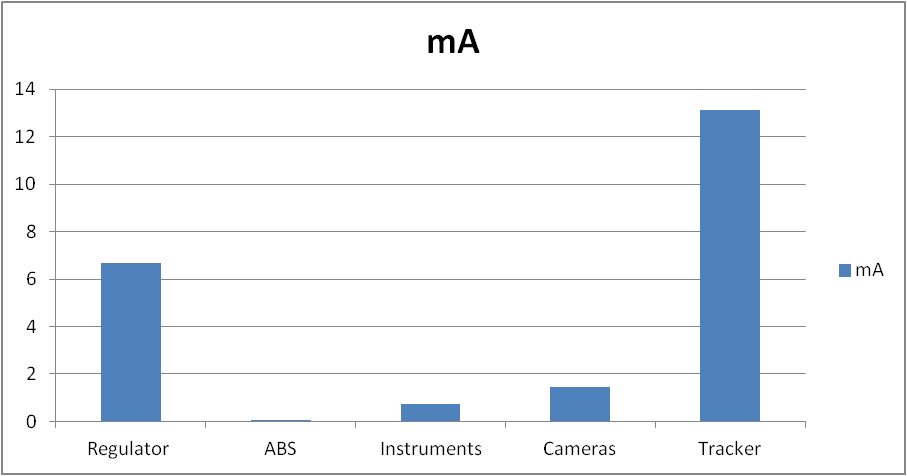or should we say battery drain problems!
There has been quite a few comments on social media about the poor batteries fitted to the Himalayan, when the reality is they are probably not much worse than any other lead-acid battery.
After a few months of owning my Himalayan I started to have trouble starting the bike due to a flat battery. The first few months were fine, I was out two or three times a week plenty enough to keep the battery topped up. Then with autumn and winter approaching, and lockdown the bike was standing for longer, not getting out so often meant the battery was not getting a charge. I had an optimate that I used to keep the Pan European battery up to speed but didn’t initially use it on the Himalayan, maybe because it was still on the Pan.
Thinking the OEM battery was suspect like many others I though that the answer was a new ‘Yuasa’ battery. YTX9-BS bought and fitted I was away again. I even bought an Oxford Maximiser, (more on that later), to help keep the battery on song, happy days.
10 months on and post winter with only getting out once of twice a month with heated gloves and clothing on, and a period of the bike sitting under the carport and not in the garage without the Maximiser connected, the battery has again suffered.
I also have an Interceptor that has sat not being used for similar if not longer periods and I have not had any problems at all with that. So it’s the bike, there is a drain on the battery that wipes it out in a couple of weeks, lead-acid batteries do not like that, they like to be kept topped up.
Time to buy a new battery, investigate the problem, and find a solution.
Buy a new battery
The first question to ask is; what do we expect from the battery?
The main function is to start the engine, then it is to keep any electronics active whilst the bike is standing. In my case cameras and tracker, and the clock. We do not need any capacity to run lights when parked up. When the bike is running the battery only exists to be recharged for the next start or park up.
The question was what to buy, another Yuasa YTX9-BS, or maybe a Lithium-Iron?
I learnt about lead-acid batteries looking after Centurion and Chieftain Tank batteries with my time with REME, you don’t get them wrong on a charging rack without causing some serious damage, but Lithium I have only heard all the scary stuff about self exploding and fires like everyone else. Nevertheless I ordered a Lithium battery, then started to worry about the battery igniting and setting the petrol tank off!! Bye Bye Himalayan, Interceptor, garage, brewery and probably house.
It does look like the worries were a bit unnecessary, buy a battery with a Battery Management System, (BMS) fitted and you should be OK. Vehicle lithium batteries are more chemically stable than many of the types we see explode, and the BMS should prevent dangerous discharges, over charging and over draining. There is a great article on ‘motorbike.com’ about the reality of lithium batteries.
It is worth bearing in mind that though Lithium batteries are more efficient and will deliver close to maximum voltage until it is out of capacity, but that capacity is about a third of a lead-acid battery.
Investigate the problem
I have fitted Day running Lights, Cameras, and a Tracker to the bike, but the problem did occur before they were fitted. The Camera system and tracker do use a small amount of current whilst standing, but not a ridiculous amount. The day running lights are only on when it’s running.
Looking at the wiring diagram there is a permanent connection to the Regulator, ABS unit and Instrument cluster, so logic states the problem must be here.
The findings
Total Drain
Ammeter connected between battery terminal and main cable: Average 22.01mA
Regulator Drain
Ammeter connected across fuse 1: Average 6.67mA
What I have not yet ascertained if that drain is in the regulator or rectifier.
ABS Drain
Ammeter connected across Fuse 6, then fuse 7: Average 0.019mA
Instrument Cluster Drain
Ammeter connected across Fuse 3: Average 0.738mA
Camera System Drain
Ammeter connected in series in supply line: Average 1.43mA
Tracker Drain
Ammeter connected in series in supply line: Average 13.15mA (monitored over a 2 hour period).

Solution
22.01mA is not a huge amount, though over a seven day period it would amount to an approximate discharge of 40% of a 9Ah battery. This would seriously impair the starting current available. Take into account the reduction in voltage and therefore increase in amperage drawn by the starter, (approximately 60 amps), the effect of Peukert’s Law, (the reduction of battery capacity due to high discharge current), and it is likely to be a problem starting the bike.
Short term solution. What I actually did was refit the original battery, it had been on a maintenance charger for the past 7/8 months. Connected an Optimate Duo to the battery when the bike was not in use, and it is performing fine.
Long Term Solution. This will probably turn out to be the same as the ‘short term solution’. A fully charged and healthy battery with this current drain will not discharge overnight, or even over a couple of days and it is unlikely that the bike will stand longer than that if I am out and about. When at home I just have to ensure it goes on the Optimate.
If I want the tracker to do it’s job then I have to accept the drain that will cause on the battery, the same with the cameras, the cameras have a record facility that kicks in when the bike is moved. The ABS drain is probably less than the internal drain within the battery, so that just leaves the Regulator/Rectifier, which hardly seems worth bothering with. Though I will dig a bit deeper to see if I can establish if it’s the regulator or rectifier.

